| [1] | Szeteiová, K. (2010). Automotive materials: plastics in automotive markets today. Institute of Production Technologies, Machine Technologies and Materials, Faculty of Material Science and Technology in Trnava, Slovak University of Technology Bratislava. J. Breckling, Ed., The Analysis of Directional Time Series: Applications to Wind Speed and Direction, ser. Lecture Notes in Statistics. Berlin, Germany: Springer, 1989, vol. 61. |
| [2] | Köhler, J., Schade, W., Leduc, G., Wiesenthal, T., Schade, B., & Espinoza, L. T. (2013). Leaving fossil fuels behind? An innovation system analysis of low carbon cars. Journal of Cleaner Production, 48, 176-186. M. Wegmuller, J. P. von der Weid, P. Oberson, and N. Gisin, “High resolution fiber distributed measurements with coherent OFDR,” in Proc. ECOC’00, 2000, paper 11.3.4, p. 109. |
| [3] | Gallone, A., Ariante, M., Fusco, G., Flores, F. F., Bizzarro, G., Zinno, A., & Prota, A. (2012). THERMOPLASTIC COMPOSITE STRUCTURE FOR MASS TRANSIT VEHICLE: DESIGN, COMPUTATIONAL ENGINEERING AND EXPERIMENTAL VALIDATION. In 15th European Conference on Composite Materials. M. Shell. (2002) IEEEtran homepage on CTAN. [Online]. Available: http://www.ctan.org/tex-archive/macros/latex/contrib/supported/IEEEtran/. |
| [4] | (2011) Composites penetration growth in Automotive: towards mass production 2010-2020 trends and forecasts, JEC Composites, 13-22. “PDCA12-70 data sheet,” Opto Speed SA, Mezzovico, Switzerland. |
| [5] | Wilson, A. (2015). Automotive Composites. Textile Media Services Lt. J. Padhye, V. Firoiu, and D. Towsley, “A stochastic model of TCP Reno congestion avoidance and control,” Univ. of Massachusetts, Amherst, MA, CMPSCI Tech. Rep. 99-02, 1999. |
| [6] | Yanagimoto, J., & Ikeuchi, K. (2012). Sheet forming process of carbon fiber reinforced plastics for lightweight parts. CIRP Annals-Manufacturing Technology, 61(1), 247-250.Nayak, G. C., and Zienkiewicz, O. C., 1972, Convenient forms of stress invariants for plasticity, Proc. ASCE, 98(4), 949-953. |
| [7] | Bariani, P. F., Bruschi, S., Ghiotti, A., & Lucchetta, G. (2007). An approach to modelling the forming process of sheet metal-polymer composites. CIRP Annals-Manufacturing Technology, 56(1), 261-264.Owen, D. R. J., and Hinton, E., 1980, Finite elements in plasticity-theory and practice, Pineridge Press, Swansea. |
| [8] | rreira, P., Alves, N., Ramos, C., & Bartolo, P. J. (2013). Optimization of Thermoplastic Pre-Pregs Overmoulding. In Applied Mechanics and Materials, 365, 1007-1010. Trans Tech Publications. Poulos, H. G., 1971, Behavior of laterally loaded piles-I: Single piles., J. Soil Mech. and Found. Div., 97(5), 711–731. |
| [9] | Giusti, R., & Lucchetta, G. (2014). Modeling the adhesion bonding mechanism in overmolding hybrid structural parts for lightweight applications. Key Engineering Materials. Reese, L. C., and Welch, R. C., 1975, Lateral loading of deep foundations in stiff clay., J. Geotech. Engrg. Div., 101(7), 633–649. |
| [10] | Tanaka, K., Fujita, Y., & Katayama, T. (2015). Press and injection hybrid molding of glass fiber reinforced thermoplastics. WIT Transactions on Engineering Sciences, 90, 225-232. |
| [11] | Fiorotto, M., & Lucchetta, G. (2013). Experimental investigation of a new hybrid molding process to manufacture high-performance composites. International journal of material forming, 6(1), 179-185. |
| [12] | Wakeman, M. D., Zingraff, L., Bourban, P. E., Månson, J. A., & Blanchard, P. (2006). Stamp forming of carbon fibre/PA12 composites–A comparison of a reactive impregnation process and a commingled yarn system. Composites Science and Technology, 66(1), 19-35. |
| [13] | Hwang, S. F., & Hwang, K. J. (2002). Stamp forming of locally heated thermoplastic composites. Composites Part A: Applied Science and Manufacturing, 33(5), 669-676. |
| [14] | Zhang, Q., Cai, J., & Gao, Q. (2014). Simulation and experimental study on thermal deep drawing of carbon fiber woven composites. Journal of Materials Processing Technology, 214(4), 802-810. |
| [15] | Zhang, Q., Qiang, G. A. O., & Jin, C. A. I. (2014). Experimental and simulation research on thermal stamping of carbon fiber composite sheet. Transactions of Nonferrous Metals Society of China, 24(1), 217-223. |
| [16] | Wakeman, M. D., Cain, T. A., Rudd, C. D., Brooks, R., & Long, A. C. (1999). Compression moulding of glass and polypropylene composites for optimised macro-and micro-mechanical properties II. Glass-mat-reinforced thermoplastics. Composites science and technology, 59(5), 709-726. |
| [17] | Güllü, A., Özdemir, A., & Özdemir, E. (2006). Experimental investigation of the effect of glass fibres on the mechanical properties of polypropylene (PP) and polyamide 6 (PA6) plastics. Materials & design, 27(4), 316-323. |
| [18] | Susumu YAMAGUCHI. (1999). Study on Welding Mechanism of Injection Welding Process. Seikei-Kakou, 11(5), 440-2450 (in Japanese). |
| [19] | Cao, J., Xue, P., Peng, X., & Krishnan, N. (2003). An approach in modeling the temperature effect in thermo-stamping of woven composites. Composite Structures, 61(4), 413-420. |
| [20] | Machado, M., Murenu, L., Fischlschweiger, M., & Major, Z. (2016). Analysis of the thermomechanical shear behaviour of woven-reinforced thermoplastic-matrix composites during forming. Composites Part A: Applied Science and Manufacturing, 86, 39-48. |
| [21] | Brogan, M. T., & Monaghan, P. F. (1996). Thermal simulation of quartz tube infra-red heaters used in the processing of thermoplastic composites. Composites Part A: Applied Science and Manufacturing, 27(4), 301-306. |
| [22] | Labeas, G. N., Watiti, V. B., & Katsiropoulos, C. V. (2008). Thermomechanical simulation of infrared heating diaphragm forming process for thermoplastic parts. Journal of Thermoplastic Composite Materials, 21(4), 353-370. |



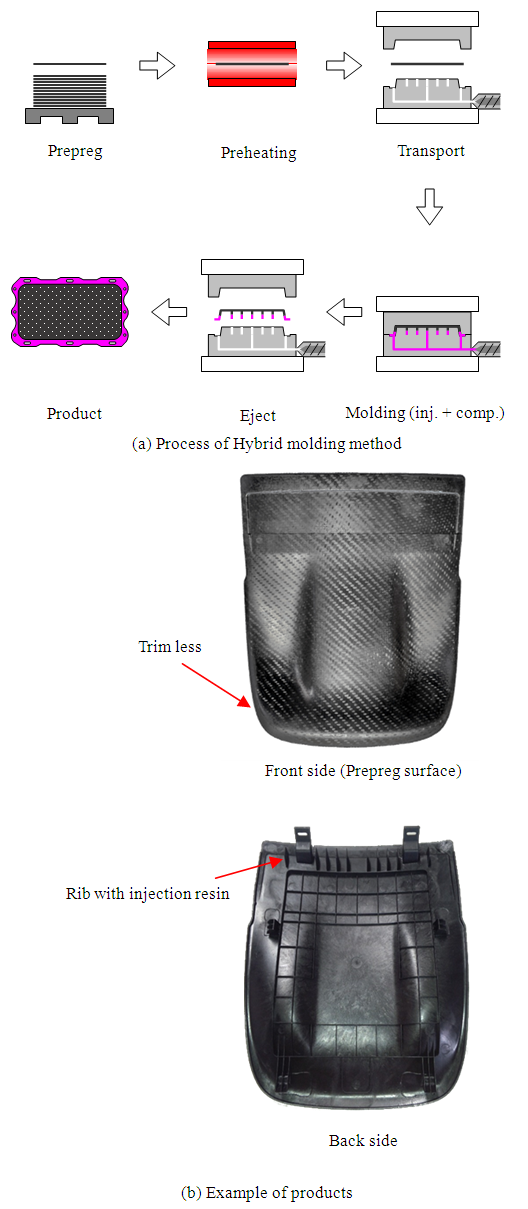

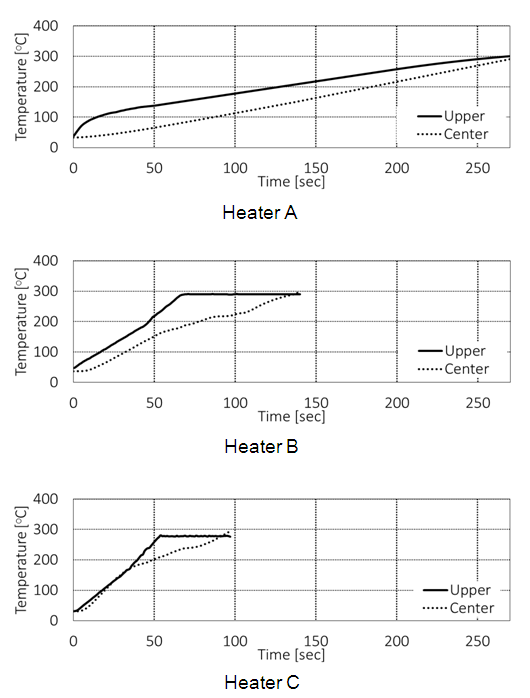


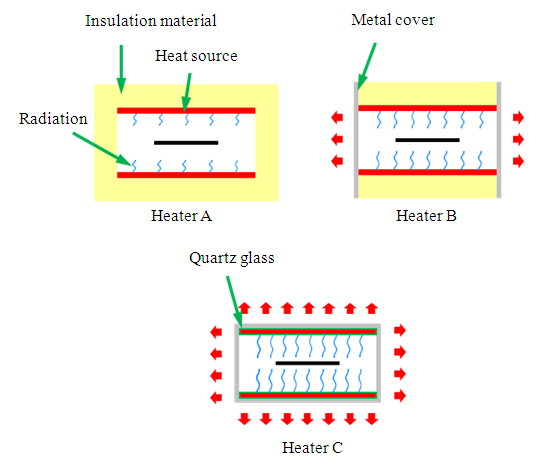
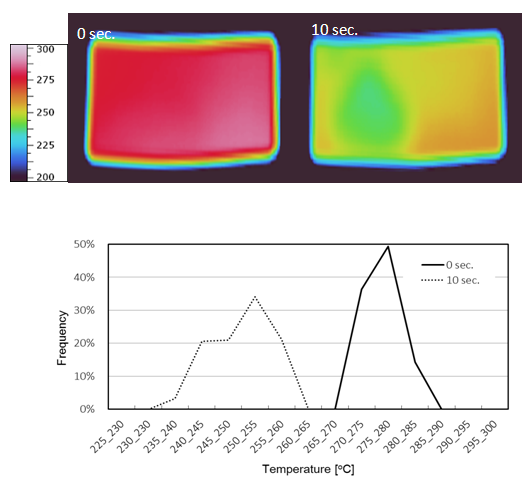
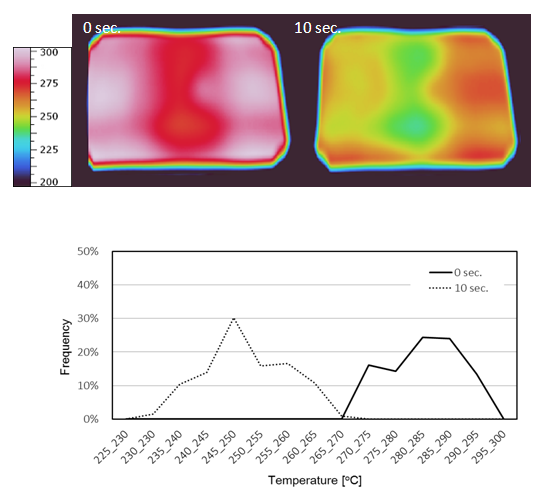



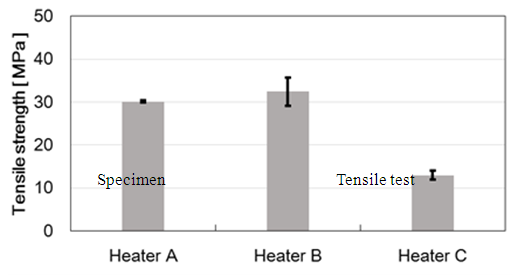
 Abstract
Abstract Reference
Reference Full-Text PDF
Full-Text PDF Full-text HTML
Full-text HTML
